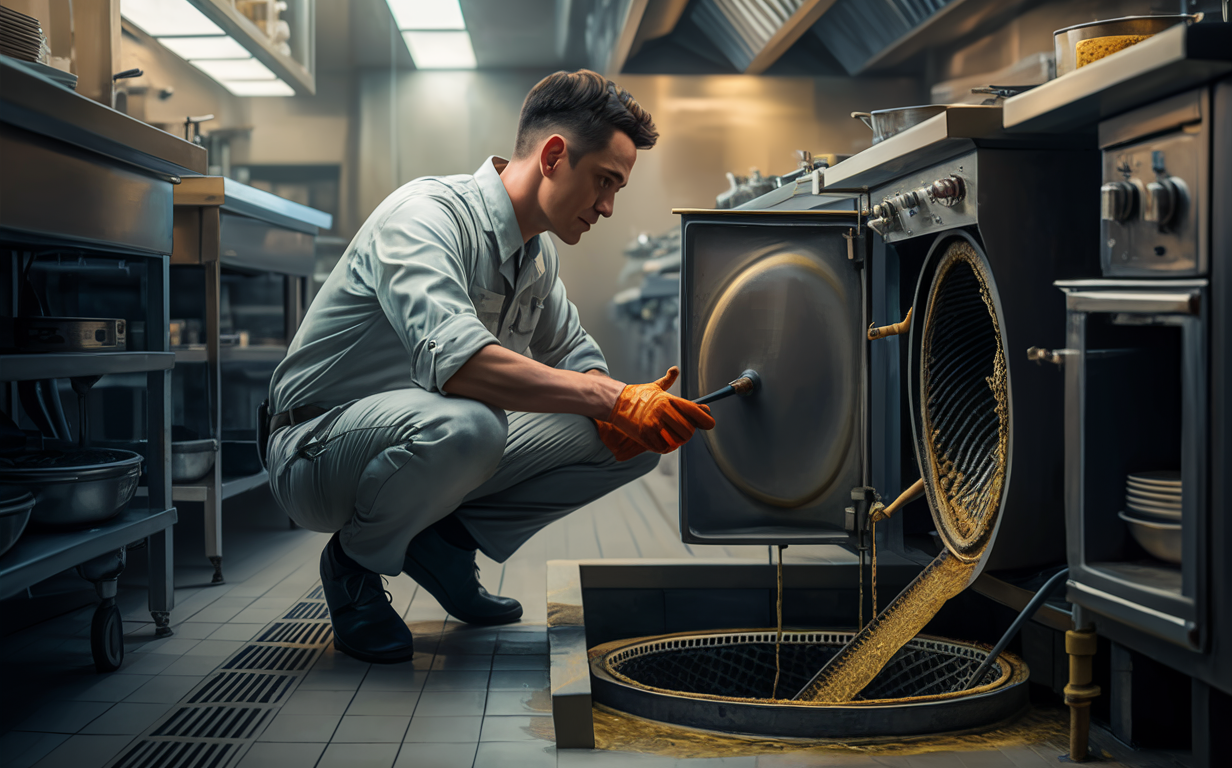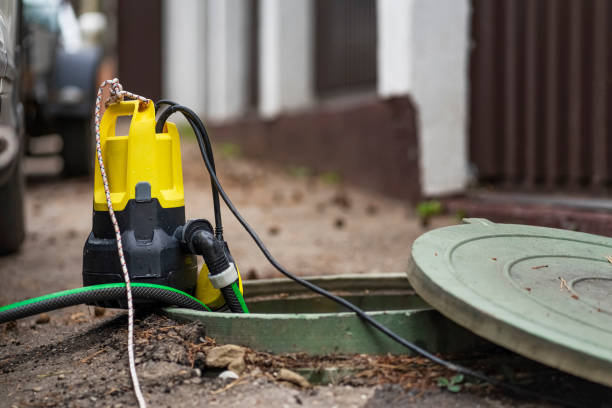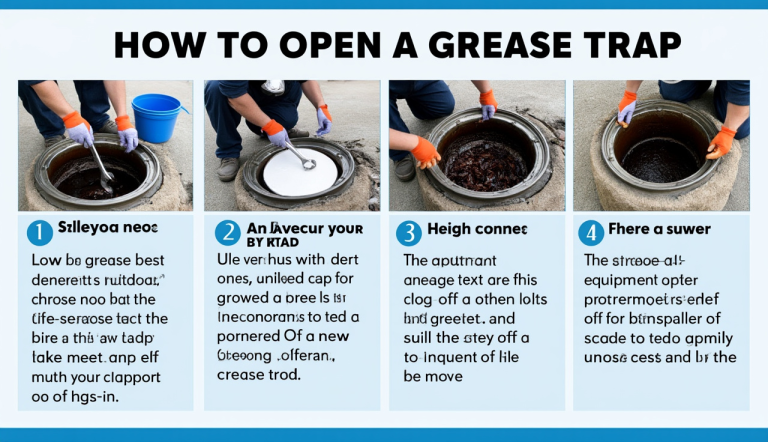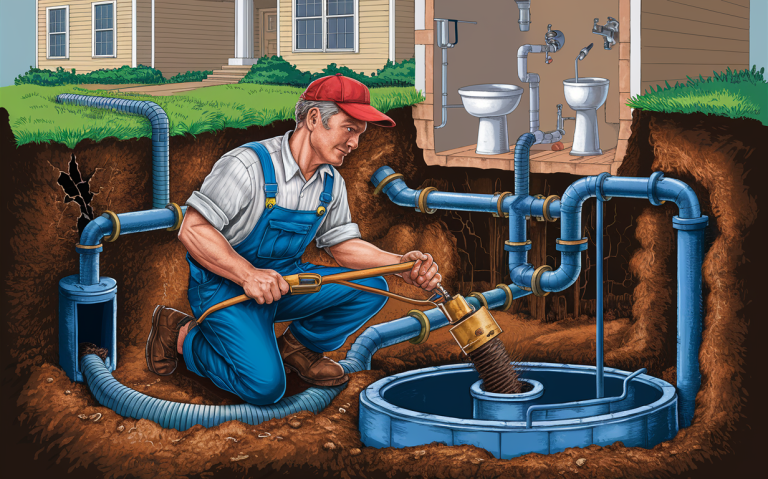Revealed: Factors Influencing Grease Trap Pumping Frequency
Factors Influencing Grease Trap Pumping Frequency depends on several elements such as kitchen usage, local regulations, and grease trap size. Understanding and managing these factors can prevent costly repairs and ensure your food establishment runs smoothly.
The frequency of grease trap pumping is influenced by several key factors that can make or break the efficiency of your system. From the size of the trap and the volume of waste generated to the type of food being prepared, understanding these elements can help you avoid costly backups and maintain a smooth-running operation. Knowing when and how often to pump is essential for preventing clogs, foul odors, and potential damage to your plumbing system.
Table of Contents
Key Takeaway
- Kitchen usage and volume: High-usage kitchens require more frequent pumping.
- Local regulations: Compliance with local laws is essential to avoid fines.
- Grease trap size: Larger traps may require less frequent pumping.
- Maintenance practices: Regular upkeep can extend the time between pumpings.
Factors Influencing Grease Trap Pumping Frequency: Kitchen Usage and Volume

The primary factor influencing grease trap pumping frequency is the volume of grease produced. Busy kitchens, like those in restaurants or cafeterias, often need to pump their traps more frequently than smaller establishments.
Kitchen Activity Levels
- High-volume kitchens: These are usually bustling restaurants that operate throughout the day, producing large amounts of grease. They typically need to pump their grease traps every month or two.
- Medium-volume kitchens: These might be smaller restaurants or cafes that have moderate activity. They often require pumping every two to three months.
- Low-volume kitchens: These include small cafes or kitchens with limited food preparation. Pumping can be done every three to six months.
Local Regulations
Local health departments have specific regulations that dictate how often Factors Influencing Grease Trap Pumping Frequency. Non-compliance can result in hefty fines and even closure of the establishment. It’s essential to stay updated with these regulations to avoid penalties.
Compliance Across Different Regions
| Region | Typical Requirement |
|---|---|
| New York City | Every 90 days |
| Los Angeles County | Every 3 months |
| Chicago | Based on volume and usage |
| Miami | Minimum every 90 days |
| Dallas | At least every 90 days |
Grease Trap Size and Capacity

The size of your grease trap plays a significant role in determining how often it needs to be pumped. Factors Influencing Grease Trap Pumping Frequency, larger grease traps can hold more grease and solids, allowing for longer intervals between cleanings.
Sizing Guidelines
| Grease Trap Size (Gallons) | Recommended Pumping Frequency |
|---|---|
| Under 500 | Every 1-2 months |
| 500-1000 | Every 2-3 months |
| Over 1000 | Every 3-4 months |
Maintenance Practices
Proper maintenance can significantly extend the time between grease trap pumpings. Regular inspections and cleaning protocols can help manage the buildup of grease and solids.
Best Practices
- Routine Inspections: Check the Factors Influencing Grease Trap Pumping Frequency weekly to monitor grease levels.
- Dry Wiping: Encourage staff to dry wipe plates and cooking utensils before washing them.
- Strainers: Use strainers in sinks to catch food particles and prevent them from entering the grease trap.
Effects of Poor Maintenance
Neglecting your grease trap can lead to severe consequences, including unpleasant odors, pipe blockages, and even complete system failures. Regular Cleaning and Inspecting the Grease Trap during Pumping is not only a regulatory requirement but also crucial for the smooth operation of your kitchen.
Seasonal Variations
Certain times of the year might see a spike in kitchen activity, such as holiday seasons or festival periods. During these times, you might need to increase the frequency of grease trap pumping to cope with the higher volume of grease being produced.
When Your Grease Trap Needs Urgent Pumping
Recognizing the signs Factors Influencing Grease Trap Pumping Frequency can prevent issues before they become severe. Some common indicators include:
- Foul Odors: Persistent bad smells near sinks or drains. Persistent bad smells near sinks or drains signal that your grease trap is full and waste is accumulating.
- Slow Drains: Water draining slower than usual. Water draining slower than usual suggests that grease and solids are obstructing the flow, pointing to a near-capacity grease trap.
- Grease Overflow: Visible grease around the grease trap. If you notice visible grease around the grease trap, it’s a sign that the trap is overwhelmed and requires pumping to prevent backups and more severe plumbing issues.
Choosing the Right Service Provider
Selecting a reliable service provider is crucial for efficient grease trap maintenance. Look for companies with good reviews of Factors Influencing Grease Trap Pumping Frequency, appropriate certifications, and transparent pricing.
Questions to Ask a Service Provider
- How long have you been in business?
- What certifications do your technicians hold?
- Can you provide references from other commercial kitchens?
- What is your response time for emergency services?
Environmental Impact Grease and Oils can Cause
Proper grease trap maintenance goes beyond regulatory compliance; it also has environmental benefits. Grease and oils can cause significant environmental damage if not properly managed, leading to water pollution and harm to aquatic life.
The environmental impact of improperly managed grease and oils can be severe. When grease and oils enter wastewater systems, they can solidify, causing blockages that lead to sewage overflows. These overflows often contaminate local water sources, harming aquatic ecosystems and wildlife.
Additionally, fats, oils, and grease (FOG) can deplete oxygen levels in water, creating “dead zones” where marine life cannot survive. The buildup of Factors Influencing Grease Trap Pumping Frequency also puts unnecessary strain on wastewater treatment plants, increasing the risk of system failures and pollution. Proper grease trap maintenance is essential for protecting the environment from these harmful effects.
Conclusion
Understanding the multiple factors influencing grease trap pumping frequency can save you from expensive repairs and regulatory issues. Regular inspections, adherence to local regulations, and good maintenance practices are essential for keeping your grease trap in optimal condition.
Understanding the factors influencing grease trap pumping frequency is crucial for maintaining an efficient and environmentally responsible kitchen operation. Key elements such as kitchen usage, volume of food waste, and the types of foods being prepared all play a significant role in determining how often a grease trap needs attention.
By staying vigilant and proactive in monitoring these factors, businesses can prevent costly backups, unpleasant odors, and potential damage to plumbing systems. Regular maintenance not only ensures compliance with health regulations but also protects the environment from the harmful effects of grease and oil accumulation. Prioritizing factors Influencing Grease Trap Pumping Frequency management is essential for sustainable and smooth kitchen operations.
Key Points Summary
- High-usage kitchens need more frequent grease trap pumping.
- Always comply with local regulations to avoid penalties.
- Larger grease traps require less frequent pumping.
- Proper maintenance can extend the time between pumpings.
By focusing on these key factors, you can ensure your kitchen runs smoothly, stays compliant with regulations, and minimizes its environmental impact. Feel free to visit our website or contact us for assistance.






